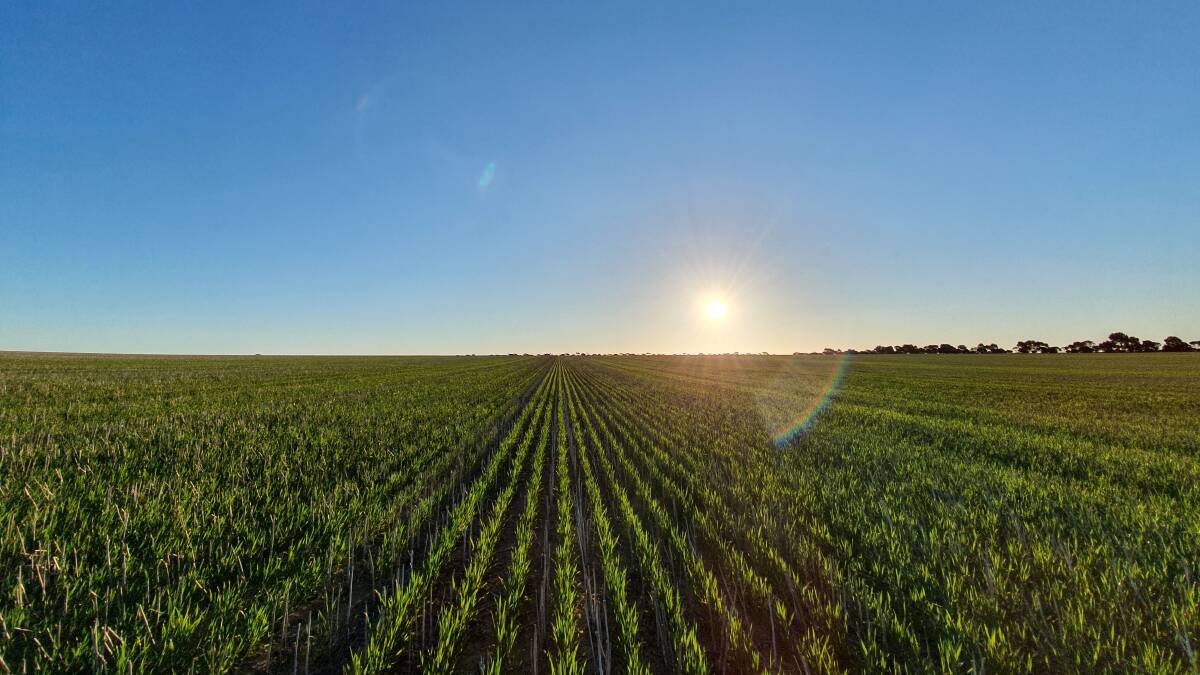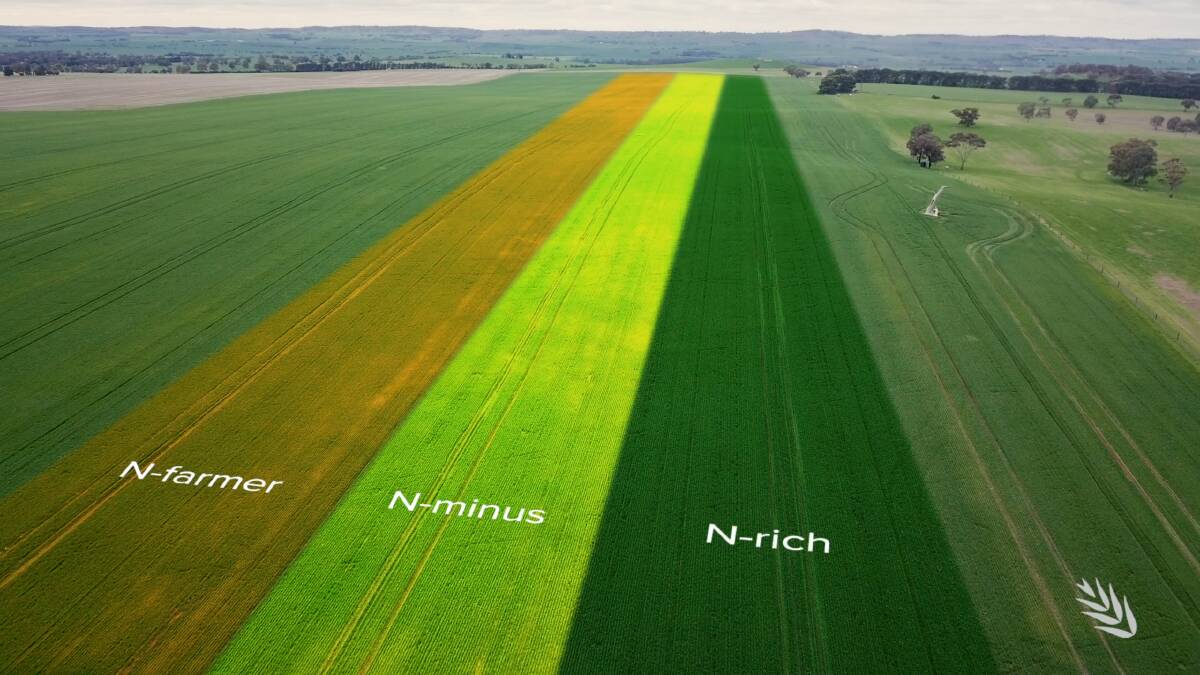
ARTIFICIAL intelligence algorithms have the ability to improve nitrogen decisions over current methods, however the current limitation is the availability of data.
That was the key message of a presentation given by CSIRO postdoctoral research fellow Jonathan Richetti at the virtual Grains Research and Development Corporation (GRDC) Grains Research Updates last month.
According to Dr Richetti, an effort is needed to integrate data sources and farm data to aid farm decision-making, but building such a database is one of the main challenges for the community.
Based on that, work by CSIRO aims to clarify the possible uses of artificial intelligence (AI) in farm management, particularly the use of machine learning to improve nitrogen fertilisation management in wheat.
Dr Richetti said deciding how much nitrogen to apply to a crop was complicated and farmers have to weigh up the cost of applying fertiliser nitrogen (N) against the value of the extra yield produced.
"However, none of the factors determining N decisions are constant, with the productive potential of the field, soil nitrogen status, seasonal forecast, input prices and commodity prices all changing," Dr Richetti said.
"Combined with AI methods, sensors can deliver a N recommendation and solve this complex problem as AI algorithms are specifically designed to help make complex decisions.
"Studies with experimental and simulated data have shown a nitrogen decision can be improved with an AI algorithm, however those studies had access to vast quantities of information about the crop and could exploit the power of AI to make improved nitrogen recommendations."

The challenge facing CSIRO was to take the insights from those theoretical studies and adapt them to real-world situations, with data gathered onfarm where the nitrogen decision needs to be made.
In its study, CSIRO translated research results into the realities of onfarm decision making and explored how AI could be used to help farm decision-making by determining the variables needed for the farm to use AI to make a nitrogen decision.
As assessment was then made on whether AI could generate a better nitrogen recommendation and a better economic outcome than the farmer's current management system.
Dr Richetti said they examined the key variables needed for nitrogen decisions.
"The AI from farmers' fields evaluated data from 46 variables to make a nitrogen decision and the most important variable was the ratio between farmer and rich strips of normalised difference vegetation index," he said.
"Other important variables included the ratio between farmer and rich strips of normalised difference red edge index (NDRE), the available mid-season nitrogen in the soil and the ratio between the farmer and low strip with NDRE.
"Of these variables, soil nitrogen was the most difficult to gather because there is currently no direct soil nitrogen sensor and although the other variables help improve accuracy, the gain in accuracy by measuring every possible variable might not be justified."
Based on that, farmers should concentrate on using the information from a N-Rich and N-Minus strip to formulate a nitrogen decision.
Mid-season, about growth stage Z31, soil nitrogen was also useful, but other variables do not greatly improve the prediction.
When comparing the partial profit from the optimum nitrogen rate, farmers were, on average, missing out on $12 per hectare, while the AI model was missing out on just $3/ha from the optimal profit.
Dr Richetti said this highlighted the collaborating farmers were already making excellent nitrogen decisions.
"On average, the AI model generated an additional $9/ha profit over and above the farmers' management decisions," he said.
"However, at some points the difference between the farmer and the AI was much higher, with the AI generating an additional $86/ha, while at another point, the farmer was $200/ha better than the AI model."
The reasons for the poor performance of the AI on a particular paddock were explored to help determine when to use AI to make a nitrogen decision.
CSIRO evaluated the interquartile range in crop yield for individual paddocks which is the difference between the 75 per cent highest values and the 25pc lowest.
It excludes outliers and is a more consistent way of describing the amount of variation.
The paddock where AI performed best had an interquartile range for yield of 930 kilograms per hectare, while the interquartile range for the paddock where the AI performed poorly was just 285kg/ha.
This indicated if there is no variation in the paddock, AI was not required.
Commodity and input prices influence the number of fields that will benefit from variable rate, but these factors are overshadowed by yield variability and soil fertility effects.
Dr Richetti said a caveat for this study was the data used to train the AI model had comparatively few observations compared to the research studies.
"The model was trained with only two seasons from one paddock in Western Australia and one season from a South Australian paddock," he said.
"AI's main ability is to capture patterns in data and future AI developments should use data from other sources and from other paddocks as this will more closely mimic how farmers and agronomists make decisions about a field.
"Such experience could be translated into some sort of pattern recognition which would expand the AI algorithm to different seasons and places, improving the algorithm's ability."
Overall, the CSIRO study concluded vegetation indices were not enough to make a nitrogen decision as they are only useful when coupled with onfarm experimentation.
Other variables, such as soil nitrogen, are also important to a certain extent.
Most importantly, AI methods with enough data can improve mid-season nitrogen management by reducing error and bias if there is enough yield variability, therefore increasing the profitability of the decision.
Want weekly news highlights delivered to your inbox? Sign up to the Farm Weekly newsletter.

